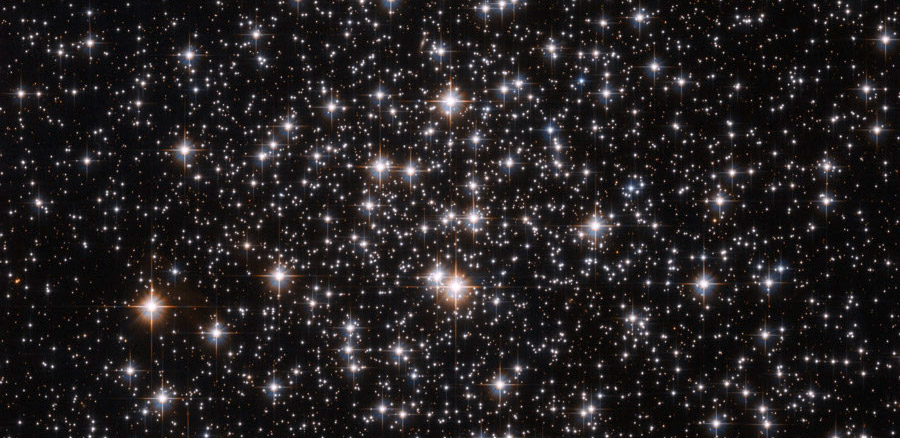Yesterday (Sunday) I stopped by the observatory to drop off the sky maps for September. When I pulled into the driveway, I noticed a car parked on the road, in front of our property. Once I unlocked the gate and dropped the chain, the couple from the vehicle approached and asked if I was a member. I introduced myself, and engaged in conversation with them.
As it turns out, the woman had visited Seagrave as a child in the 1970’s, when her father was an active member of the Society. She and her husband had walked around the property before I arrived and she she recounted memories that it evoked. She specifically remembered her father building a telescope and grinding a mirror, with the help of the late Ed Turco. She told me her father’s name. Before leaving, she informed me that she planned to return with her sister on an open night later this month.
When I returned home, I tried unsuccessfully to recall the gentleman’s last name. So, I turned to the history of Skyscrapers in “75 Years of Skyscrapers: 1932 – 2007”, hoping I would see his name and remember. I searched through the list of past presidents and past speakers; again, no luck. But, then, I went “down the rabbit hole”.
I started to look at all the speakers that we have had through the years. Many jumped out at me: Cecilia Payne Gaposchkin in 1933, a British-born American astronomer and astrophysicist who proposed in her 1925 doctoral thesis that stars were composed primarily of hydrogen and helium; Dr. Fred Whipple in 1934, American astronomer, who worked at the Harvard College Observatory for more than 70 years, whose his achievements include asteroid and comet discoveries, and the "dirty snowball" hypothesis of comets; Dr. Harlow Shapley in 1935, an American scientist, head of the Harvard College Observatory; Dr. Bart Bok in1941, best known for his work on the structure and evolution of the Milky Way galaxy; Dr. Clyde W. Tombaugh in 1987, an astronomer noted for his discovery Pluto in 1930; Al Nagler in 1992, an optical engineer from The Bronx who designed simulators used in the Apollo program and projection lenses for large projection-screen televisions, but is well known in the astronomy community for its products (eyepieces); Sergei Khrushchev in 1998, an engineer and son of the Soviet Premier Nikita Khrushchev; and astronauts Sherwood “Woody” Spring in 1986 and Story Musgrave in 2005. These are just a few of many notable names on the list.
Without me boring you with what I read next, this all reminded me that Skyscrapers has a long and proud history. I encourage everyone to take a virtual journey through our history by reading the two books that capture it for us: “A Quarter Century of Skyscraping: 1932 – 1957” and “75 Years of Skyscrapers: 1932 – 2007”. Both books contain stories of events and people, and are available for browsing on our website.
My gratitude goes to all those Skyscrapers, past and present, who made this wonderful organization what it is today. And, please be on the lookout for the daughters of the member from the 70’s whose name I can’t recall.








